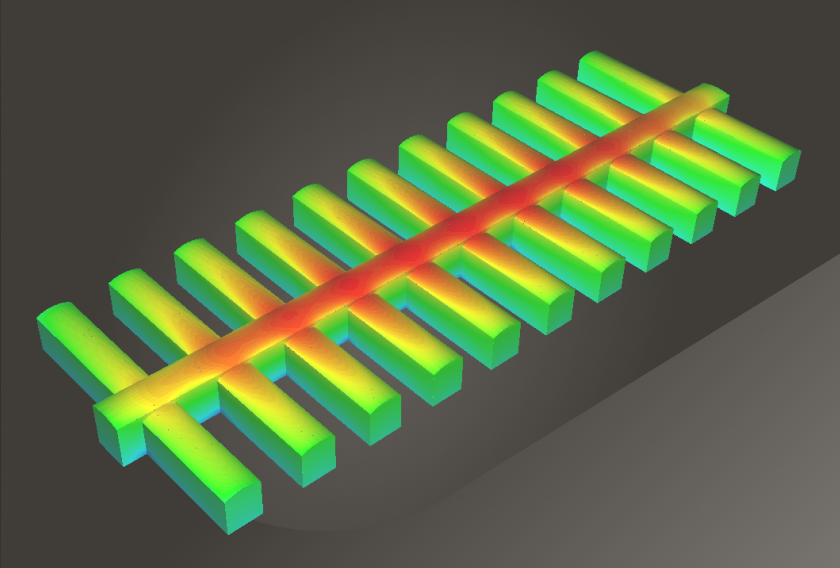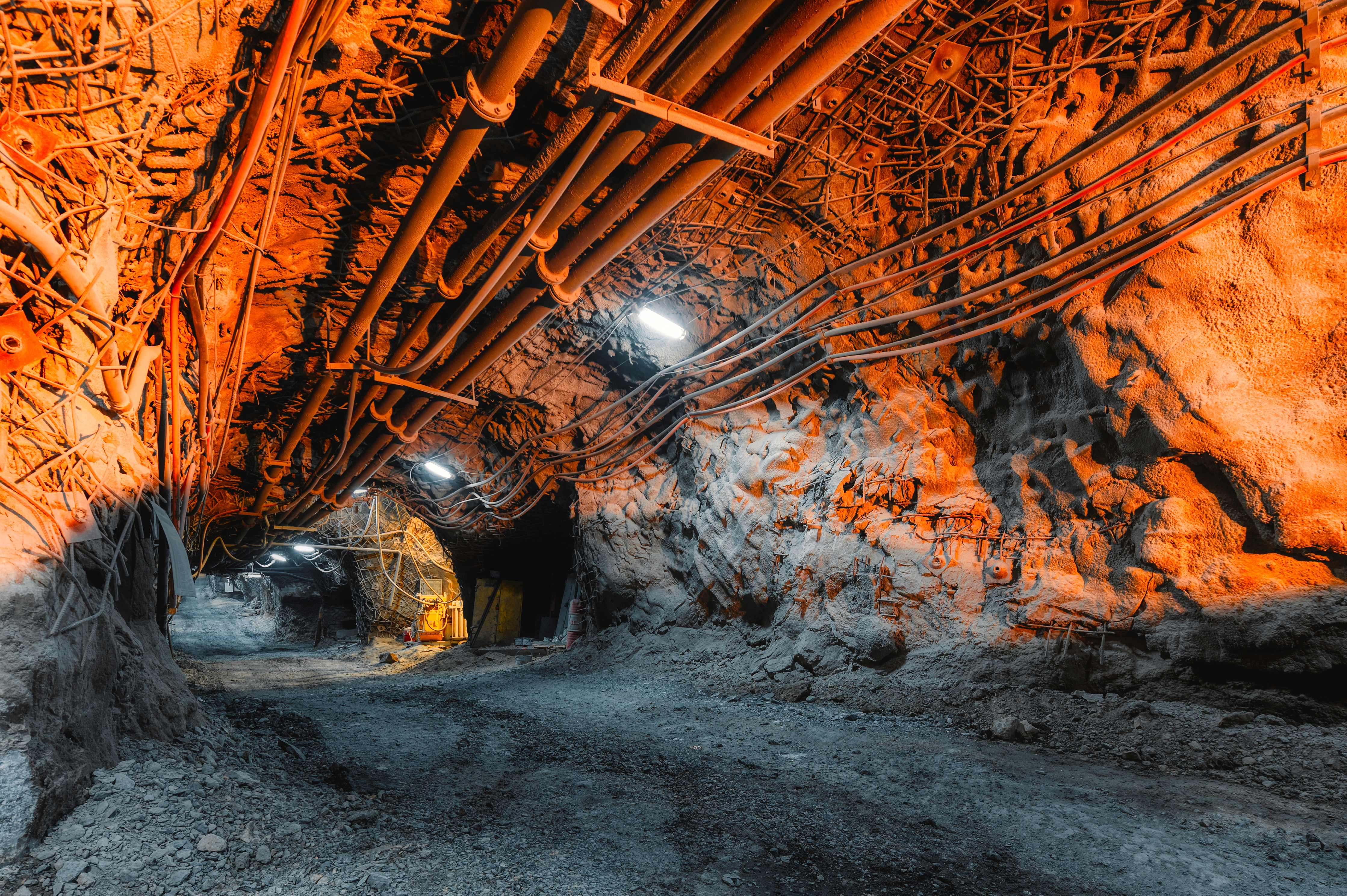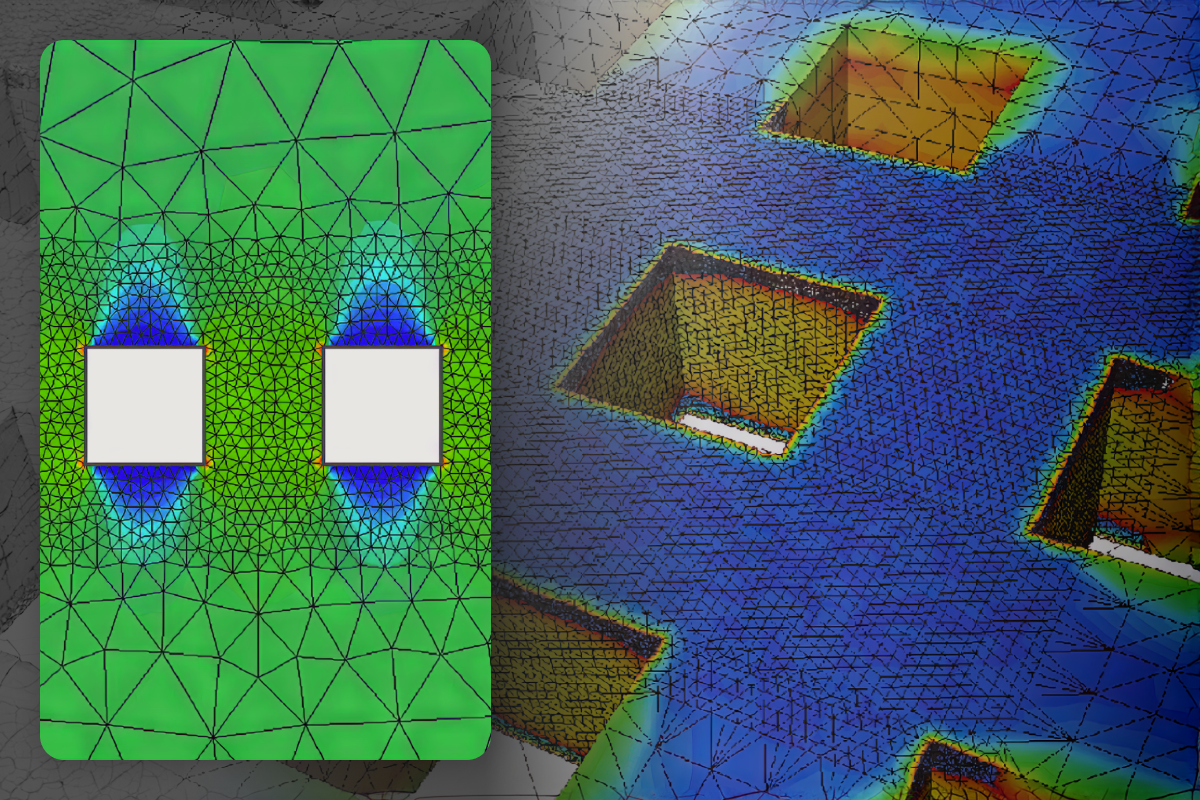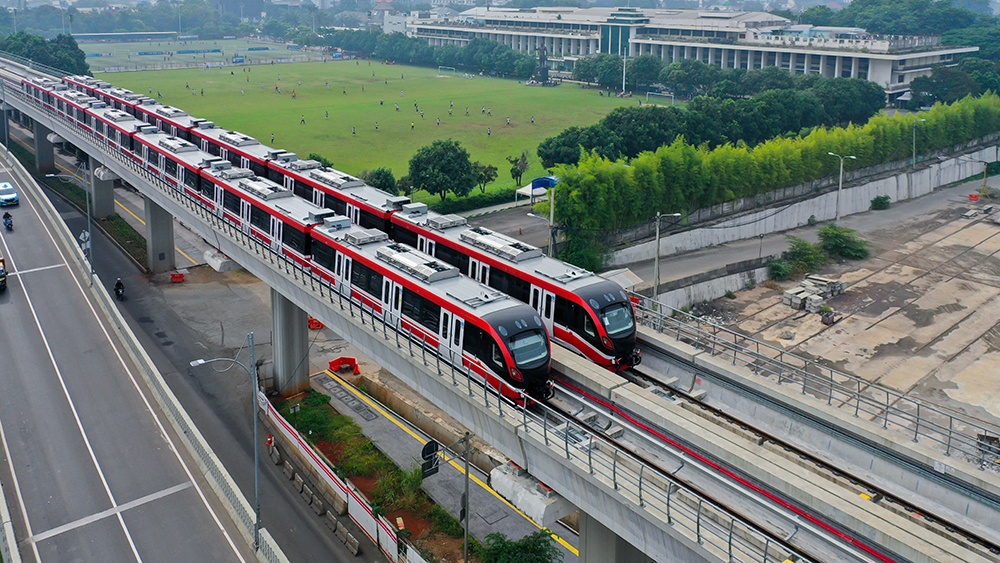Is Your Tailings Dam Earthquake-Ready? Find Out With RS2

In regions with high seismic activity, stability analysis plays a big role in understanding failure risks helping to prevent events like tailings dam collapses, which can cause significant damage to life and the environment. The 2019 Brumadinho disaster in Brazil highlights the need for further research into tailings dams to learn how to better evaluate performance and prevent future failures.
In this case study, we’ll look at the results of one such research paper and show how RS2 – our 2D finite element analysis software – was used to model spatial soil variability, predict seismic behavior, and identify failure risks relating to tailings dams. For the full scope and to see relevant figures, read Amaranth Hedge and Tanmoy Das’ research paper.
The Geological Setting
The studied tailings dam, situated in northern India, rises 51 meters and sits atop a challenging geological profile. A layer of low-permeability clayey soil covers weathered rock strata, which transitions into a hard granitic gneiss layer beyond a depth of 10 meters. The soil and rock already pose stability challenges, and because of the dam's location in Earthquake Zone-II, seismic activity adds an additional layer of risk.
The Research Challenge
The stability of tailings dams, which hold back slurry waste, is often compromised by the variability of underlying soil properties, particularly cohesion (c) and friction angle (ϕ). Seismic activity in the region adds to the complexity of the challenge, as earthquakes can potentially trigger catastrophic failure. Conventional deterministic methods often fall short in this scenario as they oversimplify the variability of soil properties and fail to fully evaluate seismic resilience.
The Solution
Tools like RS2 can integrate probabilistic approaches with dynamic simulations to provide a reliable picture of dam stability. In this example, researchers used RS2 to perform probabilistic and deterministic stability analyses on the dam. They ran 3,000 Monte Carlo simulations to capture the variability and complexity of the site conditions, and modelled cohesion and friction angles as random variables with normal distributions.
The critical strength reduction factor (SRF), equivalent to the factor of safety (FoS) in limit equilibrium methods (LEM), was determined using the strength reduction method (SRM). Seismic stability was evaluated using pseudo-static coefficients, while dynamic slope stability analysis incorporated real earthquake data from the 2006 Alwar earthquake to simulate post-event deformation.
Finally, the FEM results were validated against outputs from LEM to cross-verify the failure mechanisms and factor of safeties. This approach provided a comprehensive assessment of how the dam would perform under different stress conditions.

The Results
Pseudo-Static Seismic Analysis
The pseudo-static analysis determined a critical SRF of 1.15, corresponding to a FoS that complied with established regulatory benchmarks. With a horizontal seismic coefficient of 0.06 applied, the maximum displacement recorded was 0.53 m, localized near the dam crest. This value remained within acceptable ranges defined by geotechnical standards and demonstrated the dam’s ability to withstand seismic forces under these conditions.
Dynamic Slope Stability Analysis
Dynamic analysis simulated a real earthquake event using acceleration time-history data from the 2006 Alwar earthquake. This revealed a permanent deformation of 0.4 m, also near the dam crest. Displacement patterns from both pseudo-static and dynamic analyses were consistent, demonstrating RS2’s reliability in modeling seismic resilience.
Probabilistic Analysis
The probabilistic analysis revealed a mean FoS of 1.19 and a PoF of 5.46%, making the impact of soil variability on stability impossible to ignore. Among the variables studied, the friction angle (ϕ) stood out as the most influential — small changes in this parameter led to significant effects on the results.
The Verdict
Using RS2, researchers conducted a clear, data-backed evaluation of the dam’s performance. Its stability was confirmed under both static and seismic conditions, with critical displacements of 0.53 m (pseudo-static) and 0.4 m (dynamic) concentrated near the crest. A mean FoS of 1.19 and a PoF of 5.46% highlighted the significant role of soil variability, with friction angle (ϕ) identified as the most influential parameter.
What RS2 Features Can Help Me Analyze Tailing Dams?
Stability and Probabilistic Analysis:
- The strength reduction method calculates the factor of safety by systematically reducing cohesion (c) and friction angle (ϕ) until failure occurs
- Probabilistic analysis allows you to evaluate thousands of variations in soil properties to account for uncertainties, calculate the Probability of Failure (PoF), and highlight critical risk factors.
Seismic and Dynamic Analysis:
- Pseudo-static seismic analysis shows how tailings dams respond to horizontal seismic forces to assess stability under earthquake conditions.
- Dynamic time-history analysis provides insights into seismic resilience using real earthquake data to model deformations, stress changes, and post-event displacements.
Modelling and Visualizing the Results:
- Flexible meshing tools and realistic boundary condition settings allow you to model complex dam structures and geological layers.
- Outputs such as stress distributions, displacement vectors, and failure contours can help you identify vulnerabilities, make data-driven decisions, and comply with safety standards.
Frequently Asked Questions
What is a rock-fill tailings dam?
A rock-fill tailings dam is a structure designed to contain the waste materials (tailings) generated during mining operations. These dams use rock or other coarse materials as the primary fill, offering stability and strength. They are built to prevent environmental contamination by securely holding tailings, which often contain water and fine sediment.
Why are tailings dams prone to failure?
Tailings dams are prone to failure due to factors like poor design, insufficient maintenance, seepage, and the variability of soil and tailings materials. External factors, such as heavy rainfall, earthquakes, or operational overloads, can further destabilize these dams. The inherent uncertainty in geotechnical properties makes robust stability analysis critical.
What are the best practices for managing tailings dams in seismic regions?
Best practices include conducting probabilistic and dynamic stability analyses to account for seismic forces, using materials with low liquefaction potential, and designing for adequate drainage to prevent pore pressure buildup. Regular monitoring of deformation and seepage, along with emergency response planning, is also essential.
How can geotechnical engineers monitor and maintain the safety of tailings dams?
Engineers monitor tailings dams using techniques like geotechnical instrumentation (e.g., piezometers, inclinometers), drone surveys, and real-time data analysis. Maintenance involves regular inspections, managing drainage systems, and repairing erosion or structural damage promptly to ensure long-term stability.
How often should tailings dams undergo stability assessments?
Stability assessments for tailings dams should be performed annually or more frequently in high-risk scenarios, such as after significant rainfall, earthquakes, or operational changes. Regular assessments ensure early detection of potential issues and compliance with regulatory standards.




